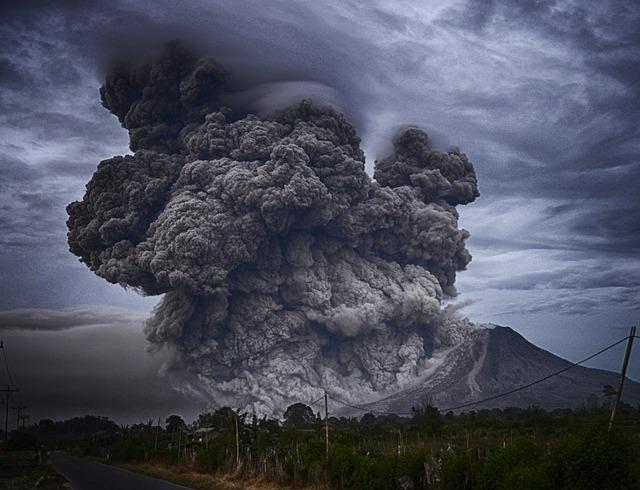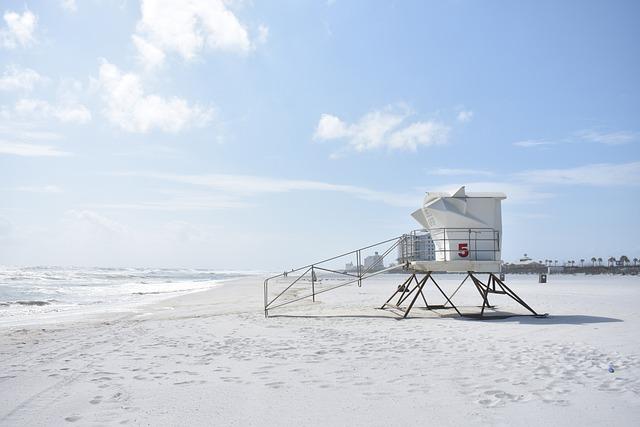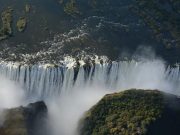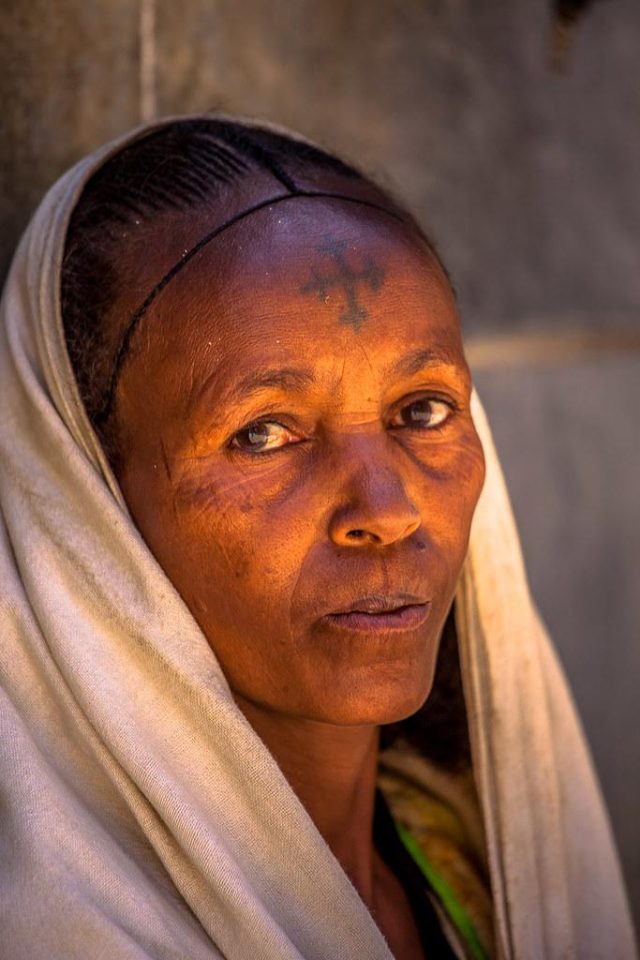In a world where the allure of exploration meets the unpredictability of nature, travelers often find themselves at the crossroads of adventure and adversity. The very landscapes that captivate our imaginations—be it the serene beaches of the Caribbean or the majestic mountains of the Himalayas—can also transform into arenas of chaos when nature unleashes its fury. As hurricanes, earthquakes, and other natural disasters become increasingly prevalent, a pressing question emerges: Should tourists avoid traveling during such tumultuous times? This article delves into the complexities of this dilemma, examining the potential risks and rewards, and offering insights to help travelers make informed decisions. Whether you’re a seasoned globetrotter or a cautious planner, understanding the dynamics of travel during natural disasters is essential in navigating the fine line between daring exploration and prudent caution.
Navigating Natures Fury Weighing the Risks of Travel Amidst Disasters
When the earth rumbles, skies unleash their wrath, or oceans rise in rebellion, the decision to travel can become a perilous gamble. For many, the allure of adventure is often tempered by the sobering reality of natural disasters. While some travelers thrive on the thrill of unpredictable environments, others are compelled to reconsider their itineraries. In these times, understanding the balance between adventure and safety becomes paramount.
- Safety Concerns: The foremost consideration is always personal safety. When nature’s fury is unleashed, infrastructure can falter, communication lines may break, and access to essential services could be severely limited.
- Impact on Local Communities: Traveling during such times might strain local resources further. Tourists can unintentionally divert crucial resources needed for the affected population.
- Insurance and Costs: The financial implications should not be underestimated. Many insurance policies do not cover natural disaster-related disruptions, leaving travelers to bear unexpected costs.
In weighing these risks, tourists must evaluate their personal thresholds for danger and discomfort. While some might choose to brave the storm, others may find wisdom in postponing their journey until calmer days prevail.

Understanding the Impact on Local Communities and Economies
When natural disasters strike, local communities and economies often find themselves at a critical juncture. The absence of tourists can significantly affect local businesses, many of which rely heavily on tourism for their income. Hotels, restaurants, tour operators, and even small artisanal shops face immediate financial challenges as visitor numbers plummet. These businesses are often the backbone of the local economy, employing a large portion of the population. Their struggle not only impacts their owners and employees but also has a ripple effect on the wider community, influencing everything from supply chains to public services.
However, the presence of tourists during a natural disaster can sometimes exacerbate the situation. Resources such as food, water, and medical supplies, which are already stretched thin, might be further strained by the additional demand. This can delay recovery efforts and complicate logistics. Moreover, tourists may inadvertently put themselves in harm’s way, requiring local emergency services to divert attention from those most in need. Therefore, the balance between supporting local economies and ensuring safety becomes a delicate dance. Here are some considerations:
- Assess the severity of the disaster and the ability of the destination to safely accommodate visitors.
- Consider supporting the local economy through alternative means, such as online purchases from local businesses or donations to relief efforts.
- Stay informed about travel advisories and updates from local authorities and relief organizations.

Essential Safety Tips for Travelers Caught in Natural Calamities
When facing the unpredictable wrath of nature, travelers should prioritize their safety above all else. Preparation and awareness are crucial components of navigating through such tumultuous situations. First, always keep a portable emergency kit handy, including items like a flashlight, first-aid supplies, and essential medications. Stay informed by monitoring local news and weather updates through reliable sources. In areas prone to specific disasters, familiarize yourself with evacuation routes and emergency shelters.
Additionally, consider enrolling in travel insurance that covers natural calamities. This can offer peace of mind and practical assistance should the need arise. Communication is key; keep your loved ones updated on your whereabouts and well-being. Utilize tools like location-sharing apps to ensure someone knows your current location. When a calamity strikes, adhere to the instructions of local authorities and be prepared to adapt your plans as the situation evolves. Prioritizing these safety measures can significantly mitigate risks and enhance your ability to handle emergencies effectively.
Balancing Adventure and Responsibility A Guide for Conscious Travelers
Traveling during natural disasters poses significant ethical and practical challenges for tourists. While the allure of experiencing unique weather phenomena or providing aid might seem tempting, it’s crucial to weigh the potential impact on local communities. Conscious travelers should consider the strain on already limited resources and the risk of becoming an additional burden on emergency services. It’s essential to evaluate the necessity of your trip and whether it might inadvertently hamper relief efforts. Here are a few considerations for those contemplating travel during such times:
- Safety Concerns: Prioritize your safety and that of the local population. Traveling during disasters can be unpredictable and hazardous.
- Resource Allocation: Consider if your presence might divert essential resources away from affected residents.
- Community Impact: Reflect on whether your visit could disrupt recovery efforts or strain infrastructure.
- Alternative Support: Explore other ways to support affected areas, such as donating to reputable relief organizations.
Concluding Remarks
As we navigate the unpredictable dance of nature, the question of whether tourists should avoid traveling during natural disasters remains a delicate balancing act. It’s a dialogue between the thrill of exploration and the prudence of safety, a conversation where respect for the forces of the Earth must be weighed against our innate desire to discover its wonders. While the allure of adventure beckons, it is the responsibility of each traveler to remain informed, prepared, and respectful of the landscapes they traverse and the communities they encounter. the choice is deeply personal, yet universally significant, reminding us all of the profound interconnectedness we share with the world around us. As we close this chapter, let us tread thoughtfully, ever mindful of the delicate harmony between our wanderlust and the planet’s majestic, yet unpredictable, rhythms.






























